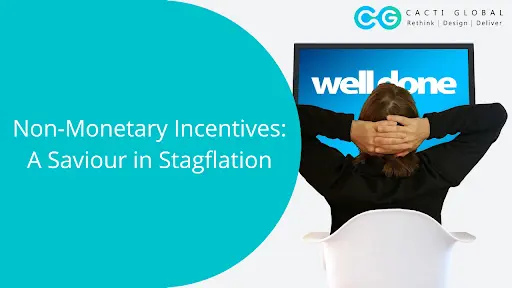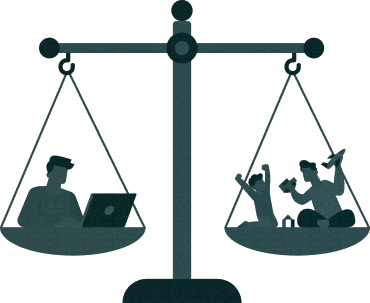There has been recurring news on India slipping into stagflation. The after-effects of the pandemic such as increasing inflation, external pressures disrupting supply chains, etc are driving the Indian economy towards stagnancy. What does stagflation mean for employees and employers?
Before that, let us understand what stagflation means – it is a state of stagnancy in the economy. Generally, inflation and unemployment move in opposite directions as per the Phillips Curve. But in stagflation, both inflation, and unemployment rise. This means that the cost of living increases, hence employees will demand higher salaries, at the same time, the cost of raw materials also rises, so in order to keep overall costs in control, organisations lay off or stop hiring people.
Two things will follow if stagflation hits India:
- Corporate margins will shrink due to higher input costs, and hence organisations will have to find alternatives to keep their employees motivated without affecting the bottom line
- As unemployment rises, there will be a higher supply of talent than existing demand, at the same time the cost of living will rise. Employees will have to balance being correctly incentivized to maintain their standard of living, while also keeping their job
Both of these consequences can be handled through non-monetary incentives. Non-monetary benefits have the following effects:-
- Increases Job Satisfaction: Non-monetary incentives such as recognizing employees for their work, providing extra leave, providing courses and opportunities to learn new skills, etc, increases the employee engagement, and make them feel valued for their work, in turn bettering the job satisfaction
- Cost Efficient: Providing group healthcare, setting up peer recognition programs, and discounts on recreational activities like gym, is much more cost efficient for the company than giving increments year on year when business is not growing at the same rate. Further, for individuals, benefits, and discounts when it comes to healthcare, gyming, grocery, etc can have a tremendous impact on their disposable income, aiding their savings.
- Builds Work Culture: Having wellness programs in place, giving due recognition to employees, and providing family benefits, fosters a sense of belongingness, and also builds relationships between employees, which in turn helps to create a healthy work culture
Non-monetary incentives can be discussed between employees without brewing any jealousy. Further employees start looking at their jobs, not just as a source of income but much more than that, which is exactly how good organisations sustain themselves in difficult times.
Even if impending stagflation is prevented, the uncertainties in the market due to external disruption, the price of crude oil, and the trickle down effect of stimulus will cause some hiccups in the near future, and till everything is settled, and the economy is back on an upward trajectory, implementing non-monetary incentives is a win-win for both employees and employers











